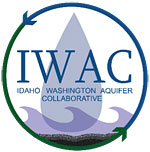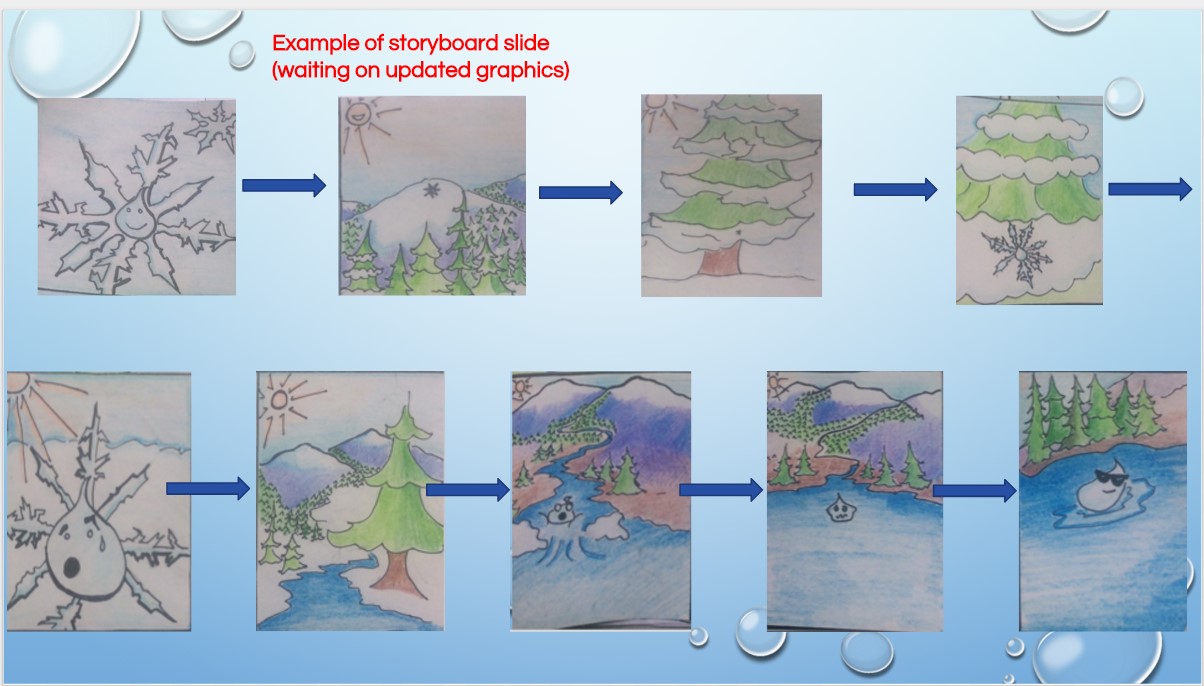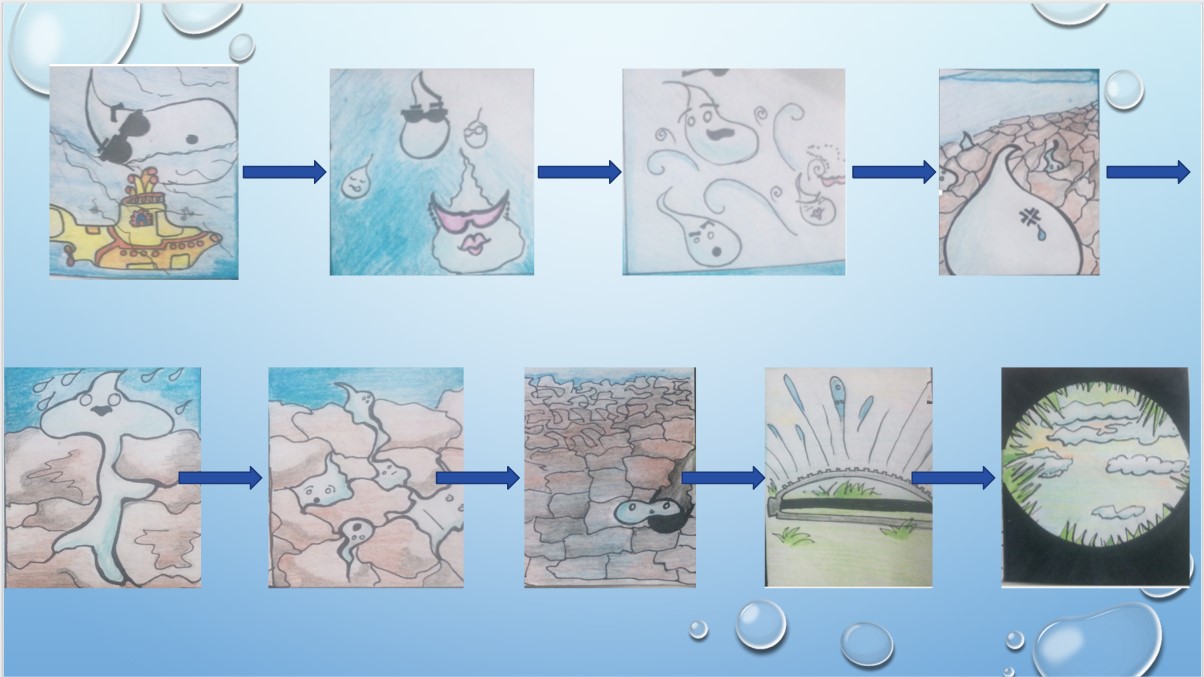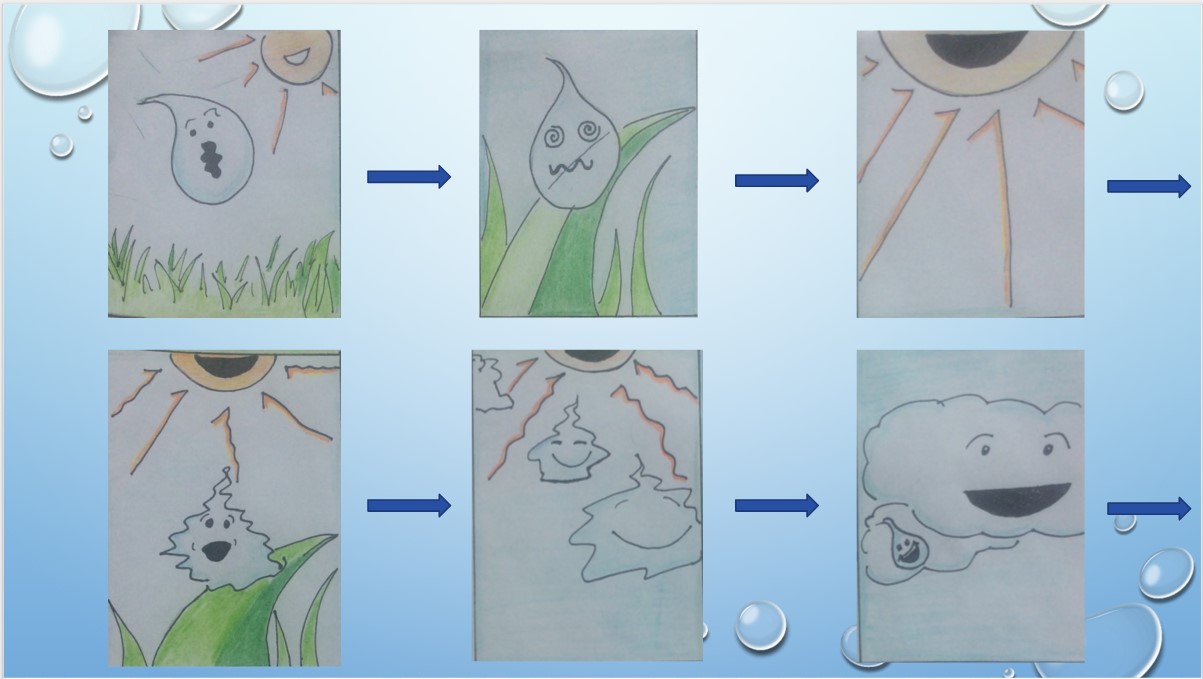Idaho Washington Aquifer Collaborative
Executive Summary: Water Stewardship Campaign
Download Document
IWAC Overview
The Idaho Washington Aquifer Collaborative (IWAC), is a group of public water purveyors and educators that share a common water source, the Spokane Valley Rathdrum Prairie Aquifer (SVRP). The purpose of IWAC is to work together to maintain and/or enhance water quality and quantity for present and future generations by developing management strategies which benefit the Spokane Valley Rathdrum Prairie Aquifer and the Spokane River region. The objective of developing management strategies is to address regional water supply and demand needs over the next 50 to 100 years. The specific goals of IWAC are organized within the categories of water quantity, conservation, water quality, and public awareness and education.
Purpose
Related to IWAC’s public awareness and education goal, the group prioritized a need to develop one regional (bi-state) water stewardship message. This messaging process includes four components/themes with a central goal to promote water stewardship to the public. The group wants to use a variety of messaging techniques to convey this message to the public, including videos, PSAs, infographics, handouts, etc.
Goals
Water is an abundant resource in our region, and this seems to be the common perception. The IWAC was formed to ensure that we have an abundance of high quality water to supply the growing needs of our population both now and in the future. To ensure that we do, the IWAC group has set out a goal of educating the public on four areas we deem to be significant and necessary to improve local understanding of the regional water resources. They are organized around the four central themes:
- Water Quality: Ensure we have and maintain high quality water. This includes both drinking water and surface water. We know that these are inter-connected, so protection of both surface water and groundwater is critical.
- Water Quantity: To ensure that we have adequate supplies of drinking water.
- Stormwater: To effectively deal with stormwater and runoff water. Contaminates are carried by stormwater and how we deal with them has a direct bearing on the quality of our surface and aquifer waters.
- Preservation: To preserve and protect the SVRP from pollution, contamination, and overuse. Designated as a sensitive sole source aquifer, this amazing geologic formation provides drinking water to over 600,000 people each day.
Target Audience
The target audience for this education campaign is individuals who consume and use water resources, i.e. the public. Public education is key to raising awareness, and having individuals become good water stewards.
Progress to date
Overview
The central objective of this campaign is to develop a variety of messaging materials for purpose of educating the public around the four main themes listed above. However, the IWAC group has focused on developing materials, storyboards and content to be used for creating a video or video series for each theme. Within each video, the group wants to include information about what the public can do, by addressing the question: “what can I do to make a difference?” Up to this point, the stakeholder group have developed draft storyboards, concepts, images, and outlines for the preservation, water quality and water quantity themes (see below for further details). For the stormwater theme, Washington State University graduate students have developed a beta version video (link below). This video still needs to be refined and edited before released to the public, but encompasses the general theme and key ideas for the stormwater theme. Aside from the videos, the group wants to include a variety of other messaging materials to educate the public on the four aforementioned themes. This includes infographics, brochures, posters, PSAs, children’s color books, social media messages, and other applicable messaging techniques.
Water Quantity
The overarching objective of this theme is to communicate the Spokane River Basin’s unique water cycle. The group wants to educate the public about where their water resources come from – Spokane Valley Rathdrum Prairie Aquifer. The concept of “we’re all in this together” wants to be communicated, which includes information that this is a shared regional water resource, and that our water is for current and future generations. The group wants to include concepts and information on the interaction between the groundwater and surface water system, and how water pumping, and thus water use, impacts flows in the river. However, there is a delay in aquifer pumping to impact on streamflow, and depending on your location, related to the river (space), and when water was pumped (time), and this wants to be included in the message. The group also wants to communicate what people can do individually related to water use, for example how conservation (indoor use and outdoor use in the summer) or how xeric landscaping can impact the aquifer and the river. This theme wants to engage an audience and incorporate the concept of the question “how do we get people to care?”
Please see Appendix I for additional storyboard materials.
Water Quality:
The overarching idea of this theme looks to provide tips and tricks to improve how individuals impact water quality (i.e. “what you do matters” – “If you don’t want to drink it, don’t put it in the ground or down the drain”). This theme should provide information on: how treatment plans in yards and agriculture impacts water quality, information on fertilizer alternatives, on local places to recycle things that don’t need to be trashed (“car batteries, oil, paint, antifreeze”), on how to water your yard to reduce runoff depending on soil type, on minimizing wastewater costs, on preventing certain water pollutants that we put down the drain or flush down the toilet, and addressing the idea that “water quality here is perfect” makes people not want to take action.
Please see Appendix II for additional storyboard materials.
Stormwater:
The objective of this theme is to communicate how stormwater can impact water quality. The group wants to incorporate the concept “you dump it, you drink it”, which includes information about what happens to stormwater, since it drains into the aquifer and to the river. The group wants to include information about how fertilizers, dog waste, and lawn watering all contribute to water quality impairments as water flows down the storm drain or recharges the aquifer.
Initial group storyboard for stormwater video, please see the video.
- Video link: https://youtu.be/MmU-wnKBvhg
Preservation:
The overarching objective of this theme is preservation of the regional water resources, which includes the Spokane Valley Rathdrum Prairie Aquifer, Spokane River, and the regional lakes (Coeur d’Alene, Pend Oreille, Liberty, Hayden, Spirit, Twin, Hauser, Newman). The group wants to include imagery, pristine photos of the water resources, and educational aspects about what individuals can do to preserve their local water resources, including indoor and outdoor water use. The group wants to ensure that this message communicates concepts that matter to the individual and public at large.
Please see Appendix III for additional storyboard materials.
Personnel Directory
- Mike Galante
- President of IWAC & District Manager of North Kootenai County Water & Sewer District
- [email protected]
- 208-687-6593
- Tonilee Hanson
- Program Manager of Spokane Aquifer Joint Board
- [email protected]
- 509-838-2691 office
Appendices
Appendix II: Water Quantity Storyboard Materials
For this theme, the group has outlined the individual frames of an animated video, see below.
- EPISODE 1: THE ADVENTURES OF DRIPPY THE WATER DROP
- Frames:
- Title
- Starting as a cloud
- Falling as snow onto a tree branch
- Melts from tree branch and falls onto iceberg n river water
- Flowing down river on iceberg
- Melts to merge with river flow
- Flows from river into lake
- Other flows into lake from other rivers or other lakes
- Sinks down lake and infiltrates into aquifer with his other waterdrop buddies (likely multiple frames)
- Bouncing in between rocks (plinko sounds), always keep him moving
- Flows in aquifer between rocks
- Sucked up through a well
- Moves from well/storage to underground pipe
- Moves up pipe towards a neighborhood community
- Comes out through sprinkler onto the lawn
- Moving through grass
- Evaporates into atmosphere
- Condenses into a cloud
- Final message and IWAC logo
- **water works hard to get to you? It’s all connected – precipitation, river, aquifer, lakes & decreased water quantity can impact all of these [its dynamic]. It’s your drinking water, lawn water, etc. use it wisely!
- Episode Summary
- Water Cycle – Drippy the Drop
- Interaction of ground and surface water
- Outdoor water use
- Indoor water use
- Conservation
Below is a storyboard of sketches of Drippy the drop, to be used in an animation video.






